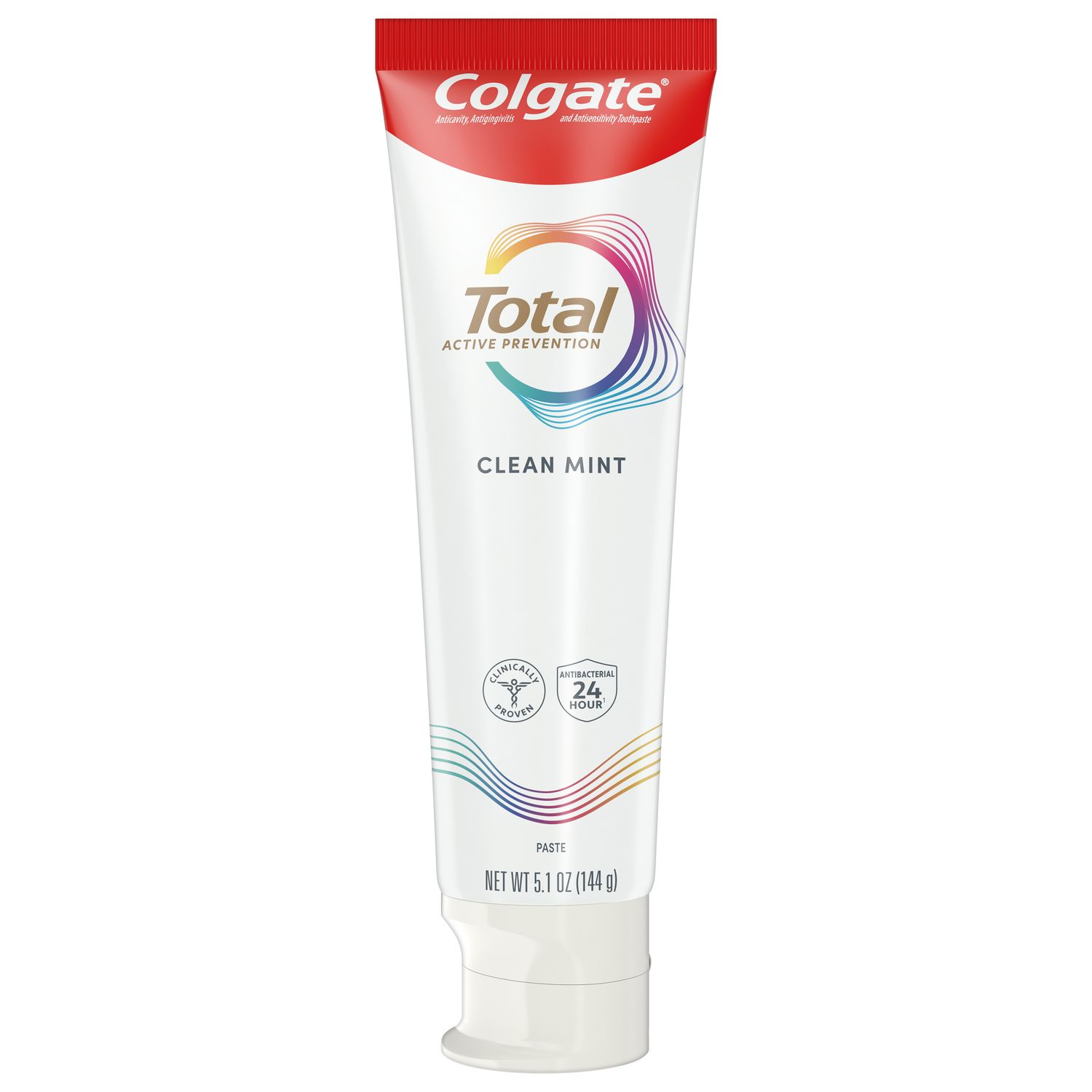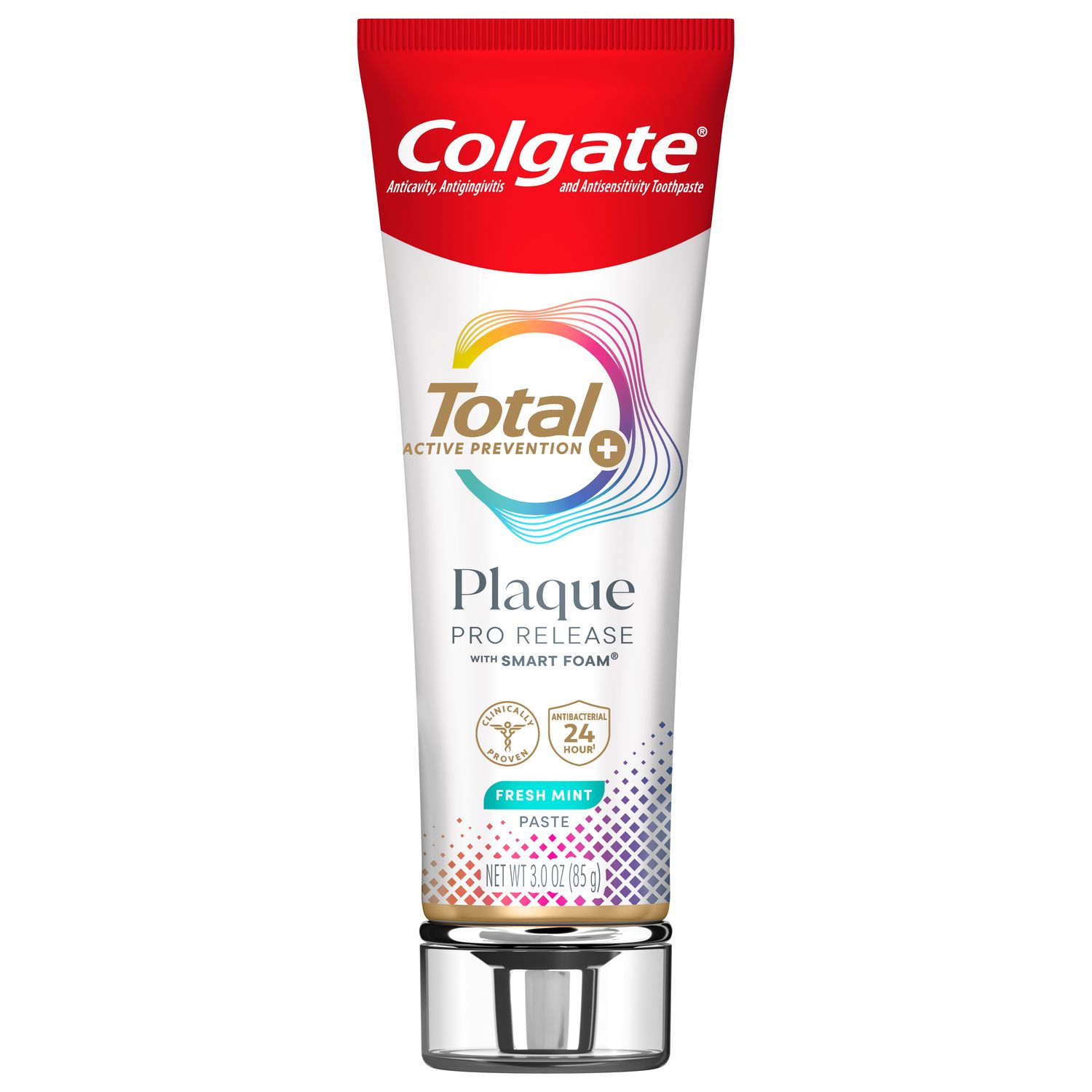
The American College of Cardiology and the American Heart Association issued new blood pressure guidelines last November 2017. As a result of these changes, close to half of adults in the United States fit the updated definition of having hypertension. As a dental hygienist, this change presents the perfect opportunity for you to screen for high blood pressure and broach the dangerous long-term health effects of this serious condition with your patients.
What Are the New Blood Pressure Categories?
Learning the new blood pressure guidelines is an essential first step in patient care. Here's how the new categories are defined:
- Normal: Less than 120/80 mm HG
- Elevated: Systolic pressure 120-129 and diastolic pressure less than 80
- Stage 1: Systolic pressure 130-139 or diastolic pressure 80-89
- Stage 2: Systolic pressure at least 140 or diastolic pressure at least 90 mm Hg
- Hypertensive crisis: Systolic pressure over 180 and/or diastolic pressure over 120
Why Were the Blood Pressure Guidelines Revised?
The new blood pressure guidelines were put into place so that more emphasis could be placed on prevention, according to the Journal of the American College of Cardiology.
These new categories stress early intervention and help to account for health issues that can arise at low blood pressure readings. The "prehypertension" category has totally been eliminated and replaced with either Elevated or Stage 1 hypertension. Stage 1 hypertension was previously identified as 140/90 mm Hg and is now labeled as Stage 2.
What Is the Role of Dental Hygienists?
Some of your patients may not see a physician on a regular basis, but hopefully they are receiving preventative care from you at least twice a year. RDH Magazine points out that many dental offices do not regularly take blood pressure readings and should think about adopting it as part of a regular visit. For any dental hygienist, this is the perfect opportunity to go the extra mile in caring for your patient. Reading vital signs only takes a few minutes and could potentially save your patient's life.
If you take your patient's blood pressure and the reading is at the elevated level or above, wait a few minutes to see if a second attempt shows another elevated reading. DentistryIQ discusses how "white coat syndrome" (anxiety or nervousness from being in a doctor's or dentist's office) can also be a cause of high blood pressure, so ask your patient if they're feeling on-edge. If you suspect any issues with hypertension, make sure to refer your patient to his/her physician for an evaluation. It is highly advisable to reschedule a dental treatment if a patient's blood pressure is near the hypertensive crisis level so that he/she may receive the appropriate medical attention without delay.
How Can You Educate Your Patients?
If patients have never had their blood pressure taken at a dental office before, they may have questions about why you are taking the time to check it, writes RDH Magazine. In this situation, you can tell them that high blood pressure has no signs or symptoms, so it can easily go undetected for years. According to the Centers for Disease Control (CDC), many of the leading causes of death, such as heart disease and stroke, begin with high blood pressure. Remind your patient how important early intervention can be in preventing future health problems.
If your patient has a reading of 130 or above for diastolic pressure, or 80 or above for systolic pressure, it is appropriate to refer the patient to his/her physician. You may also inform your patient that many people with Elevated or Stage I hypertension do not have to take medications. Lifestyle changes, such as quitting smoking, eating a healthy diet and being physically active, can be just as important as medication, according to the CDC. Maintaining a healthy weight, limiting alcohol consumption and managing diabetes are also additional steps your patients can take.
If patients have elevated readings and they are already on blood pressure medications, notify them to return to their physician, who may need to adjust their treatment such as by making changes in the dosage or type of medications they are taking to get them to a healthier range.
Takeaways
- With new blood pressure guidelines, almost half of adult patients will be classified as having high blood pressure.
- Many of your patients may not realize they have hypertension.
- Refer your patient to a physician if their blood pressure readings are elevated.
Why It's Important
Hypertension is a silent killer and when you take the time to discuss the effects of high blood pressure, your effort may result in a longer and healthier life for your patients and their families.
Join us
Get resources, products and helpful information to give your patients a healthier future.
Join us
Get resources, products and helpful information to give your patients a healthier future.













